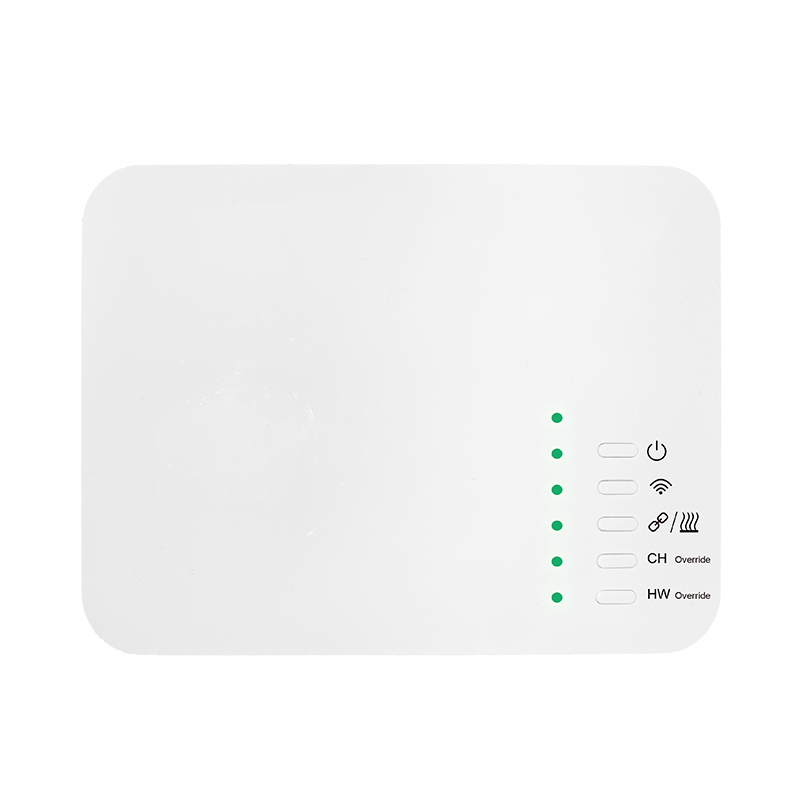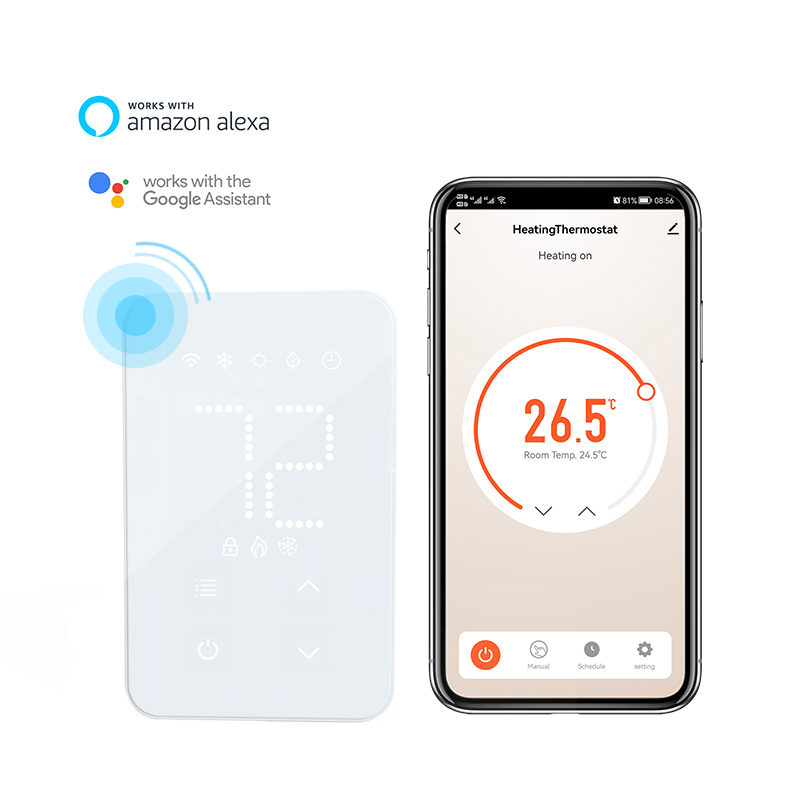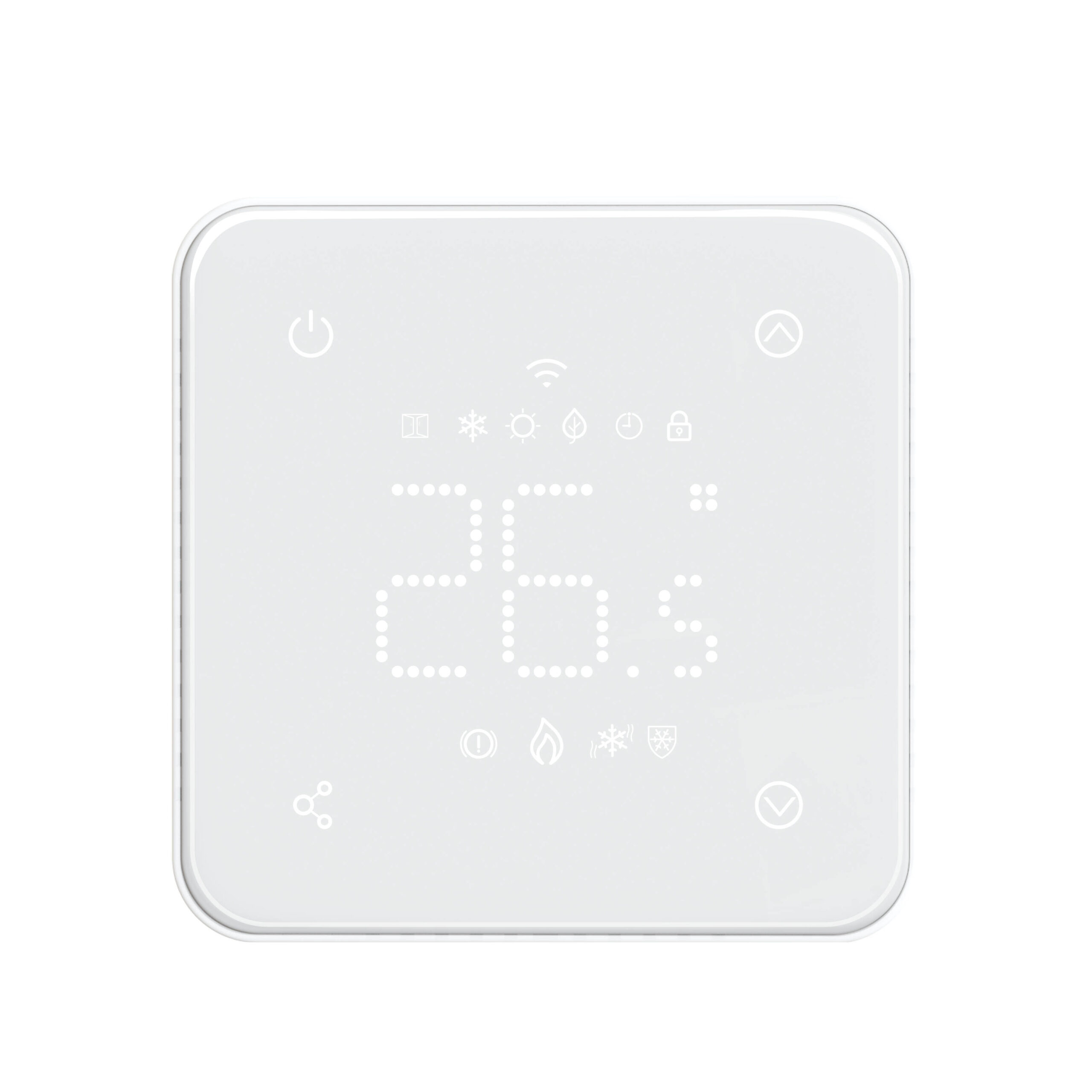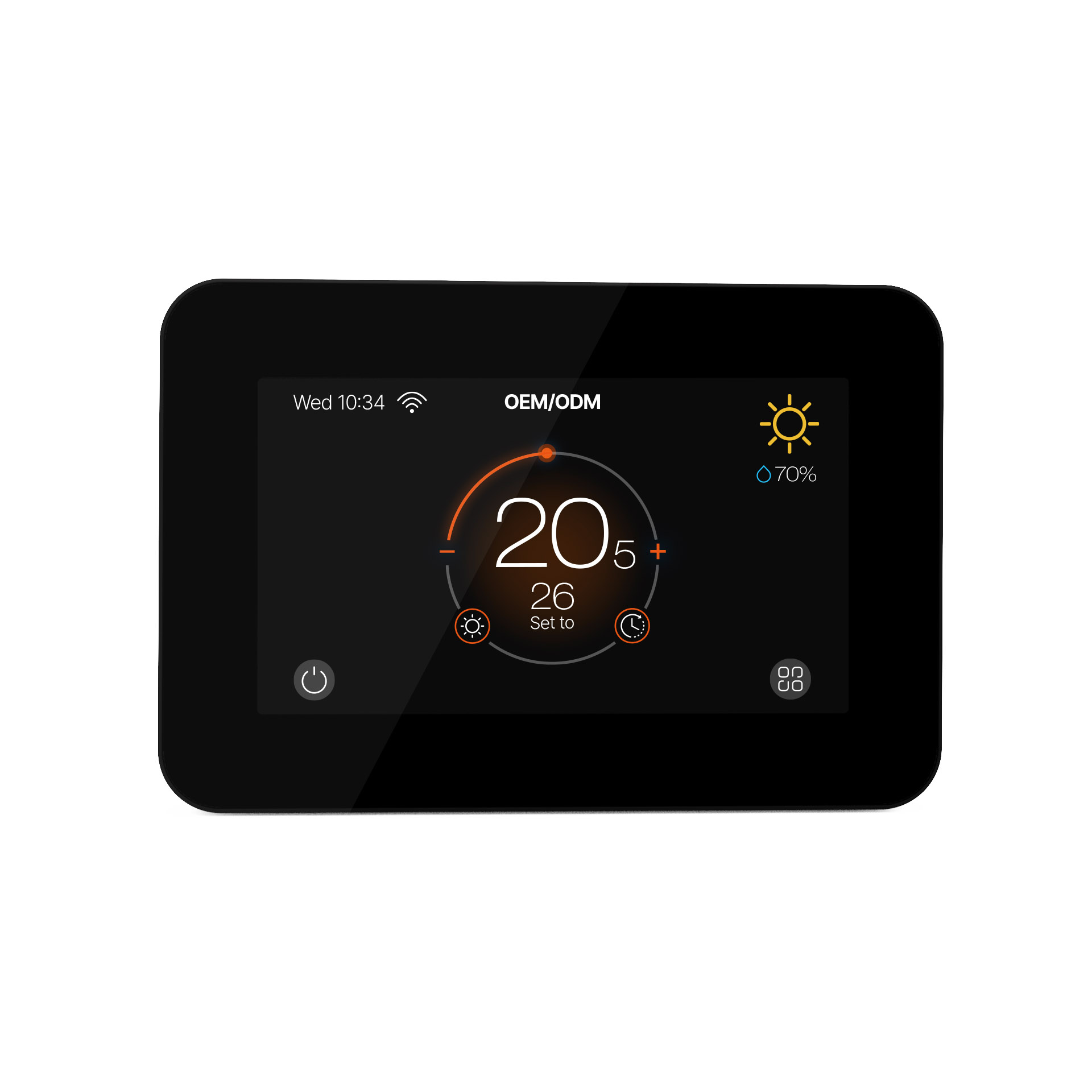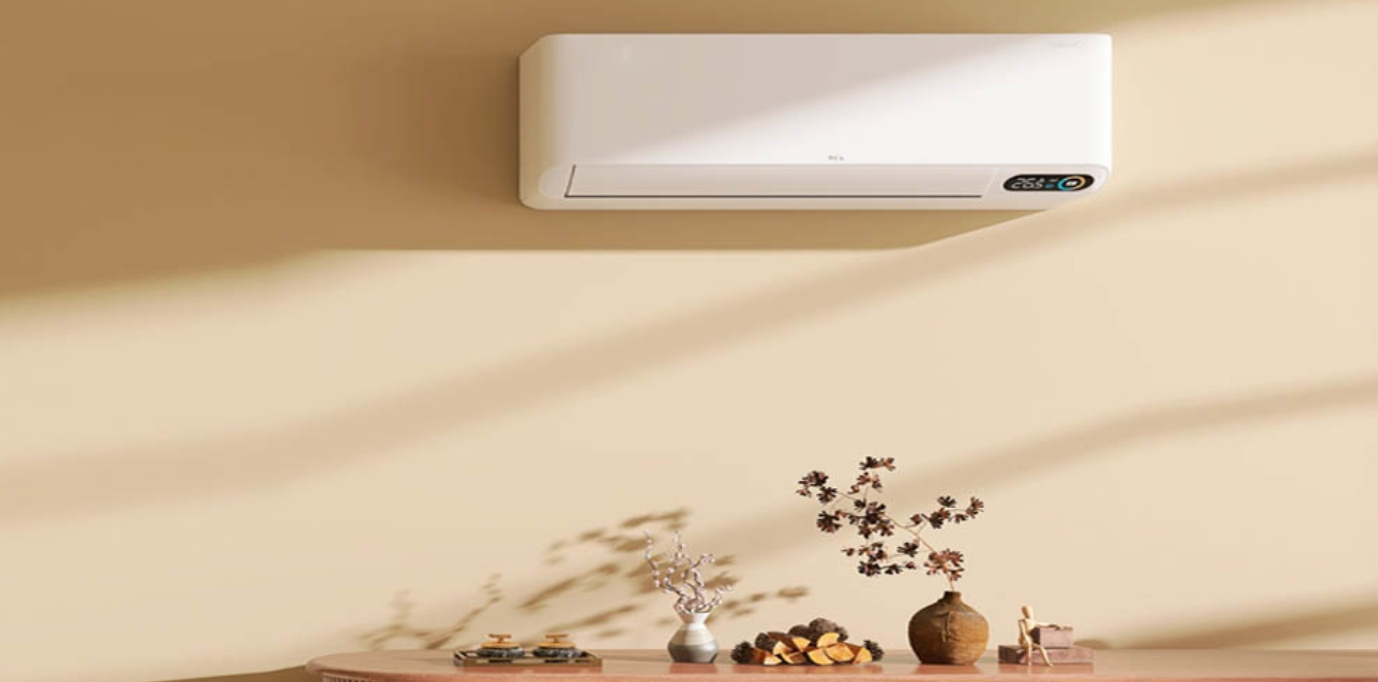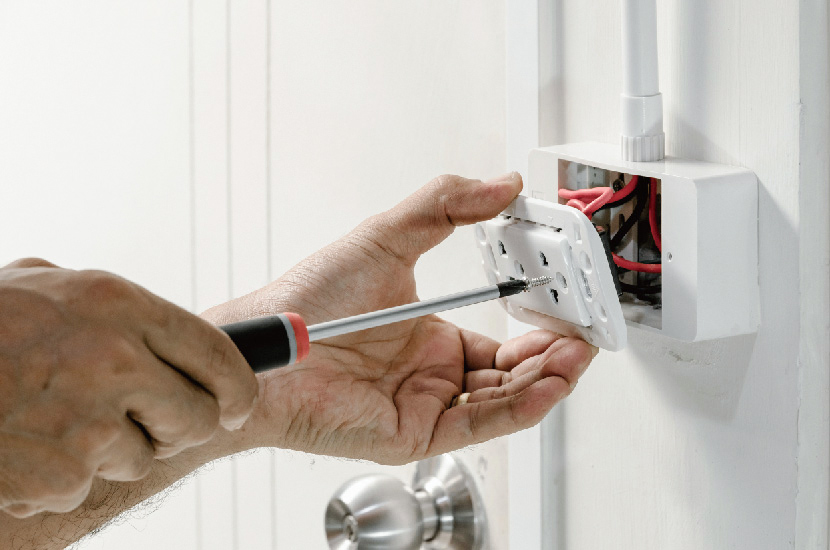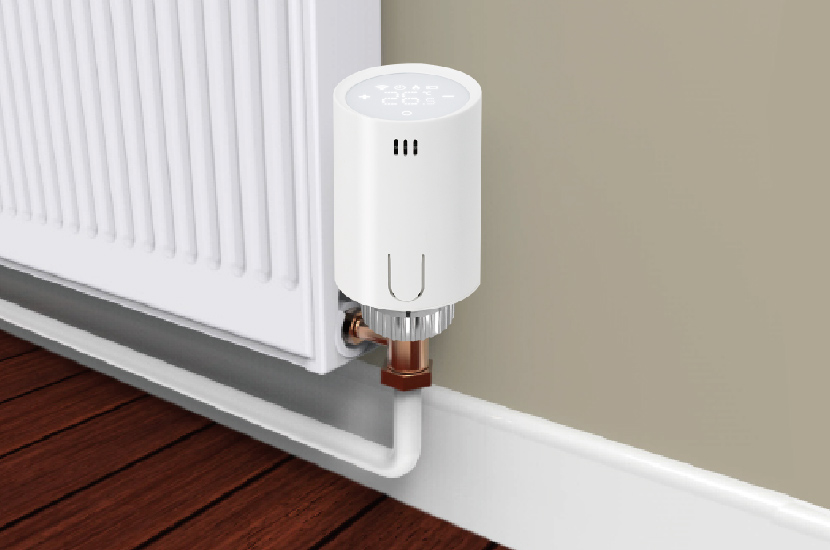How to Properly Select and Configure Heat Pumps?
Featured articles
With the increasing demand for energy conservation, heat pumps have become a preferred choice for heating and cooling. However, incorrect selection can lead to high energy consumption and a shortened equipment lifespan. Only through scientific selection and configuration can their high – efficiency and energy – saving advantages be fully realized.
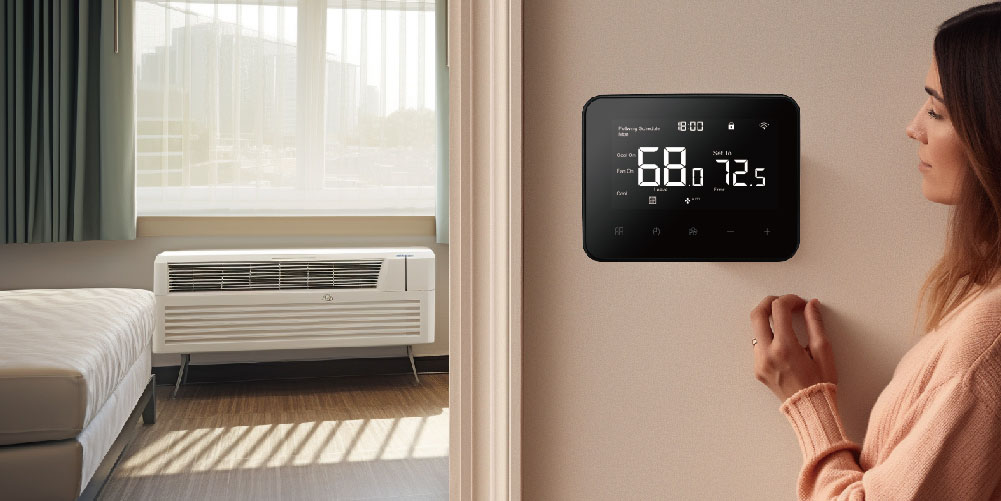
Define Basic Requirements: Calculate Heating/Cooling Capacity
Determining the heating or cooling capacity requirement is the foundation of the selection process. Calculations should be based on the area, floor height, insulation conditions of the application site, and local climate. For ordinary residential buildings, the heating capacity required per square meter is generally 80 – 120W, and the cooling capacity is 70 – 110W. For example, for a 100 – square – meter residential unit, in cold regions, calculated at 120W per square meter, the required heating capacity is 120×100 = 12000W, that is, 12kW. When selecting a heat pump, its rated heating capacity should be no less than 12kW to ensure heating needs are met in cold weather. In commercial premises, due to the large space and high occupancy density, the heating and cooling capacity required per square meter is higher than that of residential buildings. Usually, the heating capacity per square meter is 150 – 200W, and the cooling capacity is 120 – 180W. For a 2000 – square – meter shopping mall, calculated at 180W per square meter for heating capacity, the required heating capacity is 180×2000 = 360000W, that is, 360kW, and high – power commercial heat pump units are required. If the heat pump needs to supply domestic hot water, calculate the daily hot water consumption and temperature rise requirements.
Focus on Core Indicators: Pay Attention to Performance Parameters
Paying attention to key performance indicators is crucial. The higher the coefficient of performance (COP), the more energy – efficient the heat pump is. It is advisable to prioritize products with a high energy efficiency rating. For first – grade energy – efficient air – source heat pumps, the COP can reach over 3.5 under heating conditions, which can save a significant amount of electricity bills in the long run compared to third – grade energy – efficient products. In northern regions or areas with cold winters, select heat pumps with low – temperature heating enhancement technologies, such as those with the ejector – enhanced enthalpy technology, which can operate stably at extremely low temperatures as low as – 25°C. When the installation location is close to living areas, the noise level needs to be considered. The operating noise of household heat pumps should preferably be controlled below 50 decibels.
Adapt to Application Scenarios: Select Appropriate Models
The selection should be combined with the application scenarios. For households, small – scale split – type or integrated heat pump units can be chosen. Split – type units are flexible in installation and have low noise, while integrated units are simple to install. Select the appropriate power supply type (such as the common 220V or 380V) according to the home’s power supply conditions. For commercial buildings, large – scale screw – type, centrifugal – type heat pump units, or multiple heat pump combinations are often used to meet the heating and cooling needs of large areas. For special scenarios such as industrial production and agricultural greenhouses, select specialized heat pumps. For example, industrial drying heat pumps need to have high – temperature resistance and corrosion resistance.
Match Auxiliary Equipment: Ensure System Operation
The reasonable configuration of auxiliary equipment is also essential. In hot water supply scenarios, households can choose a water tank with a capacity of 150 – 300L, while commercial premises should configure large – capacity water tanks according to actual demand, and select water tanks with good thermal insulation performance. Use corrosion – resistant and well – insulated pipes, such as PE – RT and PP – R insulated pipes. Select the pipe diameter to match the flow rate of the heat pump, and design a scientific pipeline layout to minimize the number of bends and unnecessary lengths. Choose a control system with functions such as remote control and automatic adjustment to achieve intelligent and energy – efficient operation.
Other Precautions: Ensure Usage Effect
In addition, the installation location affects the usage effect. The outdoor unit of an air – source heat pump needs to have good ventilation, be away from heat sources, and have sufficient space reserved for maintenance. The underground piping system of a ground – source heat pump should be designed according to the geological conditions. Choose well – known brands, as their product quality and after – sales service are more reliable, which can ensure timely response and repair in case of equipment failures.
The above are the key points for the selection and configuration of heat pumps. If you would like to know more about the detailed operations of a specific part or need additional details, feel free to let me know.
